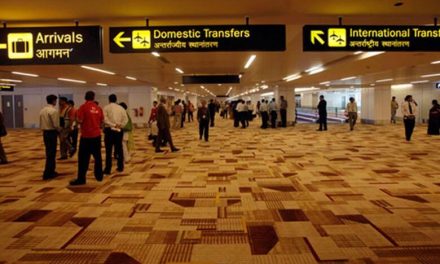The government has announced guidelines for the waiver of compound interest that was payable by borrowers who had opted for a moratorium on their loan equated monthly installments (EMI) between March 1, 2020, and August 31, 2020.
The government has given huge relief to the loan holders before Diwali. During the loan moratorium period, the government has announced to return the interest on interest for six months and issued guidelines for the same. It is a bit complicated to understand how much cashback a person will get, but let’s make it a little easier for you.
The Reserve Bank of India had provided the facility to defer payment of installment of the loan moratorium ie for the first three months and then three months and for a total of six months from March to August. But it was said that banks can charge interest on these dues. It was opposed on the basis that the interest in the loan installment is in the same way, then why the banks are being allowed to take interest on the interest i.e. interest on this, while people are so upset in the Corona crisis.
This matter is still going on in the Supreme Court and the next hearing is on November 2. The government gave an affidavit in the Supreme Court that it will refund the interest on the interest on loans up to Rs 2 crore. On this, the Supreme Court said that it should be done as soon as possible. For this reason, the government has implemented it before Diwali and gave a festive gift in a way.
Difference of compound interest and simple interest
Even if the moratorium is not taken
This refund will be for everyone, whether or not anyone has taken the facility of Lone Moe Rhetorium, or partially. Now many people are getting confused that if someone did not avail of the Moratorium facility and paid the installments on time i.e. he did not pay interest on interest then why and what will he get back? In fact, the government does not want those who repay the installments on time to be discouraged or do any harm to them. Therefore, they will also be given an amount as an incentive. It will be assessed on the basis of how much interest would have been paid to them if they had availed of the moratorium facility.
How to calculate
In fact, the interest due for each month is added to the loan amount in the following months and it becomes the principal amount and thus you get an EMI for more than September. You can find it easily by looking at the details of your loan account. Your loan account will have complete details of how much interest the bank has added from March to August. How much did your total loan outstanding become in September. The difference between the total loan outstanding in March and the one outstanding in September is compound interest charged by banks.
So you should note this interest. After this, estimate how much interest would be charged on the outstanding amount till March, according to the interest rate till August. The difference between the interest charged by the bank and the simple interest you calculated will be considered as the amount you will get in your account in the form of cashback.
Suppose someone’s loan balance was 30 lakh rupees till March and the interest rate is 7.5 percent. The compound interest on this was Rs 114,272 for six months. Now simple interest on this rate was Rs 112,500. That is, about 1772 rupees (compound interest-simple interest) will be returned to this person’s account.











